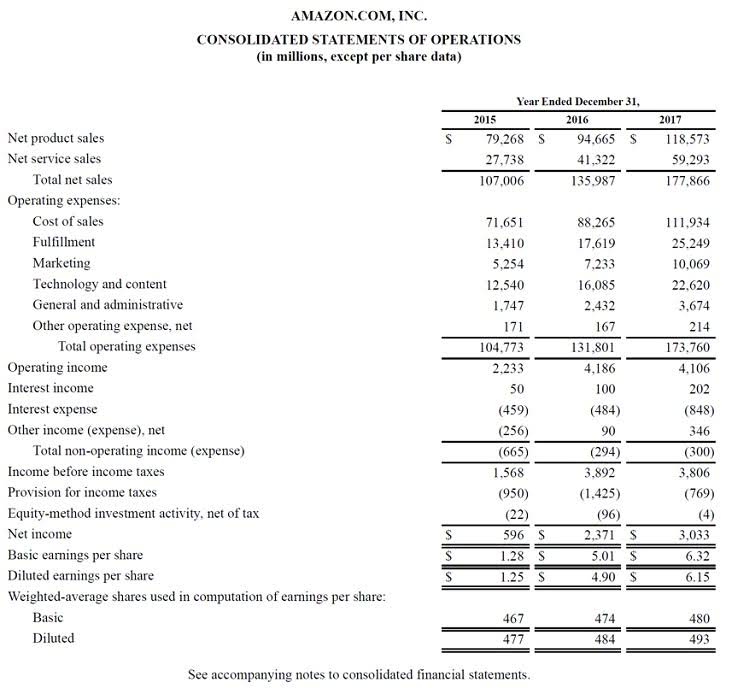
When it continues over a number of consecutive periods, it demonstrates that a company is capable of healthy operations and can grow successfully. It is also essential to monitor how cash flow increases as sales increase since it’s important that they move at a similar rate over time. There is no exact percentage to look for, but the higher the percentage, the better. It should also be noted that industry and company ratios will vary widely. Investors should track this indicator’s performance historically to detect significant variances from the company’s average cash flow/sales relationship along with how the company’s ratio compares to its peers.
Determine Operating Cash Flow (OCF)

Companies with strong cash flow ratios and consistent positive cash flow are typically considered more creditworthy. A higher free cash flow suggests a more valuable company, while a lower cash flow indicates potential financial difficulties. Cash flow analysis has numerous applications in business decision-making, including business valuation, creditworthiness assessment, investment decision-making, and financial health monitoring. Examine the overall net change in cash to identify any liquidity issues or potential financial difficulties. With the assets and liabilities side of the balance sheet complete, all that remains is the shareholders’ equity side. The impact of non-cash add-backs is relatively straightforward, as these have a net positive impact on cash flows (e.g. tax savings).
- The same logic holds true for taxes payable, salaries, and prepaid insurance.
- As such, net earnings have nothing to do with the investing or financial activities sections of the CFS.
- Once you have a detailed record of inflows and outflows, you can use a variety of cash flow analysis techniques to assess your business’ financial health.
- The operating cash flow margin ratio compares cash from operating activities to sales revenue in a particular period.
- Free cash flow is an important measurement since it shows how efficient a company is at generating cash.
- As our infographic shows, simply start at Net Income then add back Taxes, Interest, Depreciation & Amortization and you’ve arrived at EBITDA.
Offer Discounts for Paying Early
GAAP (ASC 230) and IFRS (IAS 7) accounting standards both require cash flow statements as part of the financial reporting process. A statement showing positive cash flow indicates the business is bringing in more cash than it’s paying out. On a surface level, more cash flowing in than out reflects a financially healthy business.
How does cash flow analysis help businesses evaluate their financial health?

A few of the items included in this section are accounts receivable, accounts payable, and income taxes payable. The bottom line reports the overall change in the company’s cash and its equivalents over cash flow from assets calculation the last period. The difference between the current CCE and that of the previous year or the previous quarter should have the same number as the number at the bottom of the statement of cash flows.
- While a healthy FCF metric is generally seen as a positive sign by investors, it is important to understand the context behind the figure.
- Take Tesla, for example, which started having a positive trailing 12 months (TTM) free cash flow since 2019 second quarter.
- At the end of the statement is the closing balance of cash and cash equivalents for the current reporting period.
- Companies with a positive cash flow have more money coming in, while a negative cash flow indicates higher spending.
- If you’re a small business owner, there’s a good chance you’re often searching for ways to improve cash flow.
- If an item is sold on credit or via a subscription payment plan, money may not yet be received from those sales and are booked as accounts receivable.
This is done in order to come up with an accurate cash inflow or outflow. This method of calculating cash flow takes more time since you need to track payments and receipts for every cash transaction. This section records the cash flow between the company, its shareholders, investors, and creditors. The three types of cash flow are cash flows from operations, cash flows from investing, and cash flows from financing. Cash accounting is an accounting method in which payment receipts are recorded in the period they are received, and expenses are recorded in the period in which they are paid. In other words, revenues and expenses are recorded when cash is received and paid, respectively.
Cash From Investing Activities
If a client pays a receivable, it would be recorded as cash from operations. Changes in current assets or current liabilities (items due in one year or less) are recorded as cash flow from operations. This section reports the amount of cash from the income statement that was originally reported on an accrual basis.
- By evaluating cash flow ratios and conducting cash flow forecasting, businesses can detect trends, address liquidity concerns, and make informed decisions regarding operations, investments, and financing.
- As a result, depreciation is added back into the cash flow statement to determine the real cash generated by operating activities.
- Cash flow itself is simply the difference between operating cash flow and the capital expenditure plus the change in working capital.
- Note that if there were any dividends issued to shareholders, the amount paid out would come out of retained earnings.
- Cash flow analysis is the process of examining the amount of cash that flows into a company and the amount of cash that flows out to determine the net amount of cash that is held.
Financial stability and solvency are assessed through debt management and investment capacity. Ensuring sufficient cash to meet debt obligations reduces default risk, while positive cash flow supports business reinvestment and growth. Cash flow analysis helps you measure the financial health of your business by providing insights into liquidity, operational efficiency and stability. For instance, you can compare your operating cash flow margin across quarterly or annual periods to see how your cash management and operational efficiency is trending. It involves listing all cash transactions in your cash flow statement for the period so you can work out your net cashflow.

- Purchases or sales of assets, loans made to vendors or received from customers, or any payments related to mergers and acquisitions (M&A) are included in this category.
- The operating cash flow ratio measures a company’s ability to cover its short-term liabilities using the cash generated from operations.
- In this cash flow (CF) guide, we will provide concrete examples of how EBITDA can be massively different from true cash flow metrics.
- It might seem odd to add back depreciation/amortization since it accounts for capital spending.
- So, Synnex, during the fiscal year of 2019, produced a free cash flow equivalent to 412,496,000 USD.
A comparison shows if the business is growing, going through a period of decline, or transitioning between these two states. On reading this statement, finance professionals typically draw one of two conclusions. Kit is the Content Marketing Manager for The Access Group APAC and Fathom. He is a former journalist with extensive experience in content writing and copywriting across various industries, including higher education, not-for-profit, and finance sectors.

Interpreting the Cash Flow Statement
While both FCF and OCF give you a good idea of cash flow in a given period, that isn’t always what you need when it comes to planning for the future. That’s why forecasting your cash flow for the upcoming month or quarter is a good exercise to help you better understand how much cash you’ll have on hand in the future.Because let’s be real. Cash flow problems are never fun, so it’s important to ensure positive cash flow before you start spending. BrickbyBrick’s cash flow from operating activities (as mentioned in the Statement of Cash Flows) is $100,000. Both IFRS and GAAP allow either the direct or indirect method of calculating cash flow.
Leave a Reply